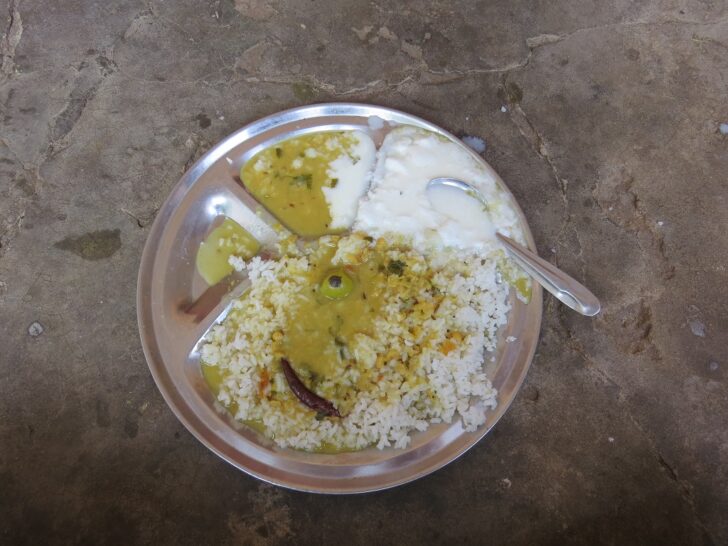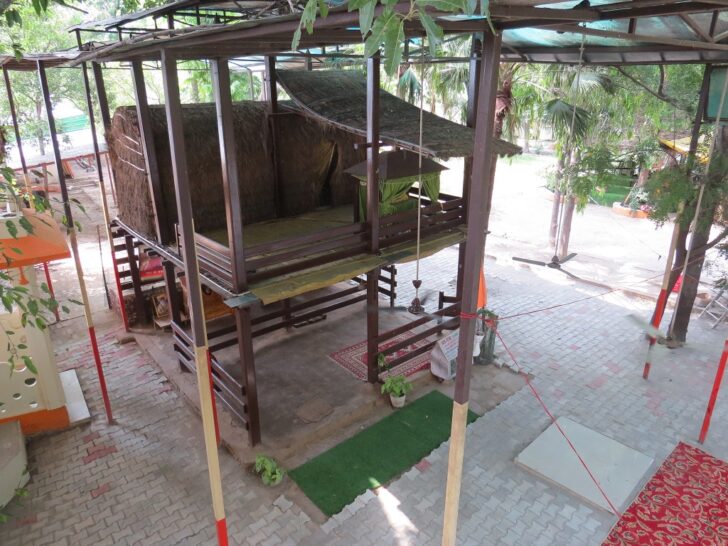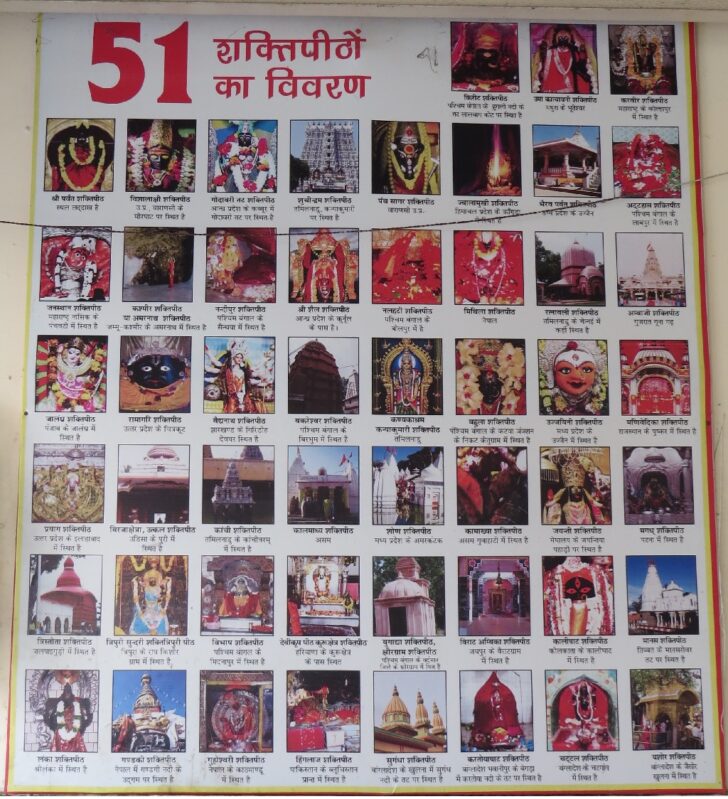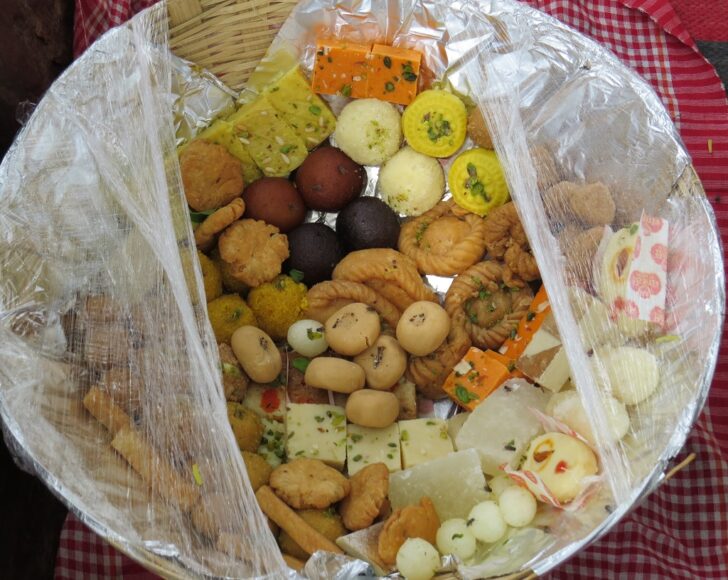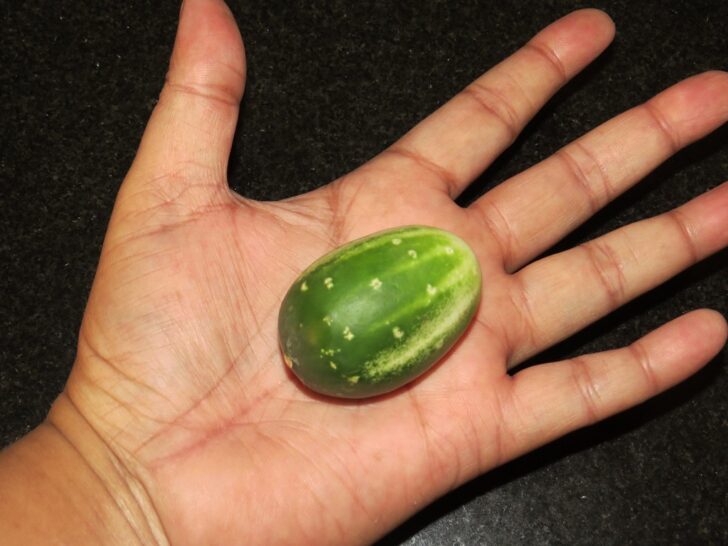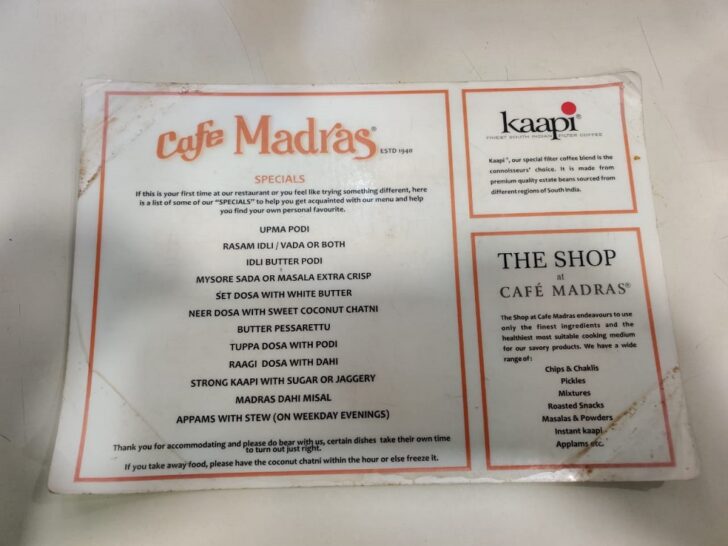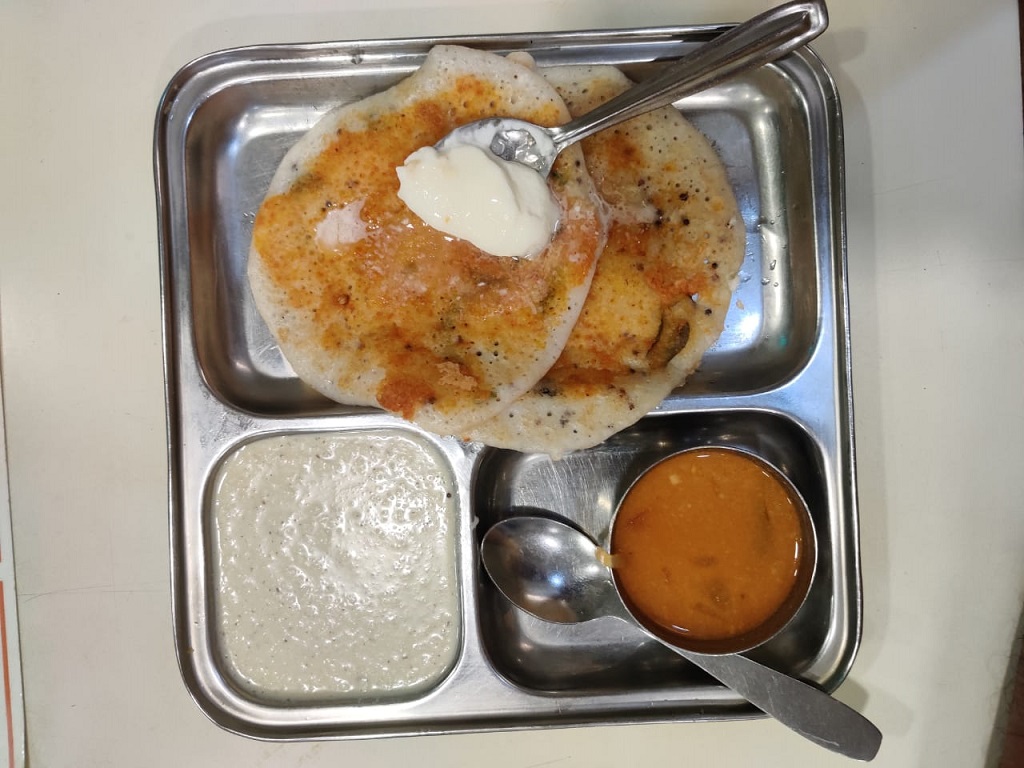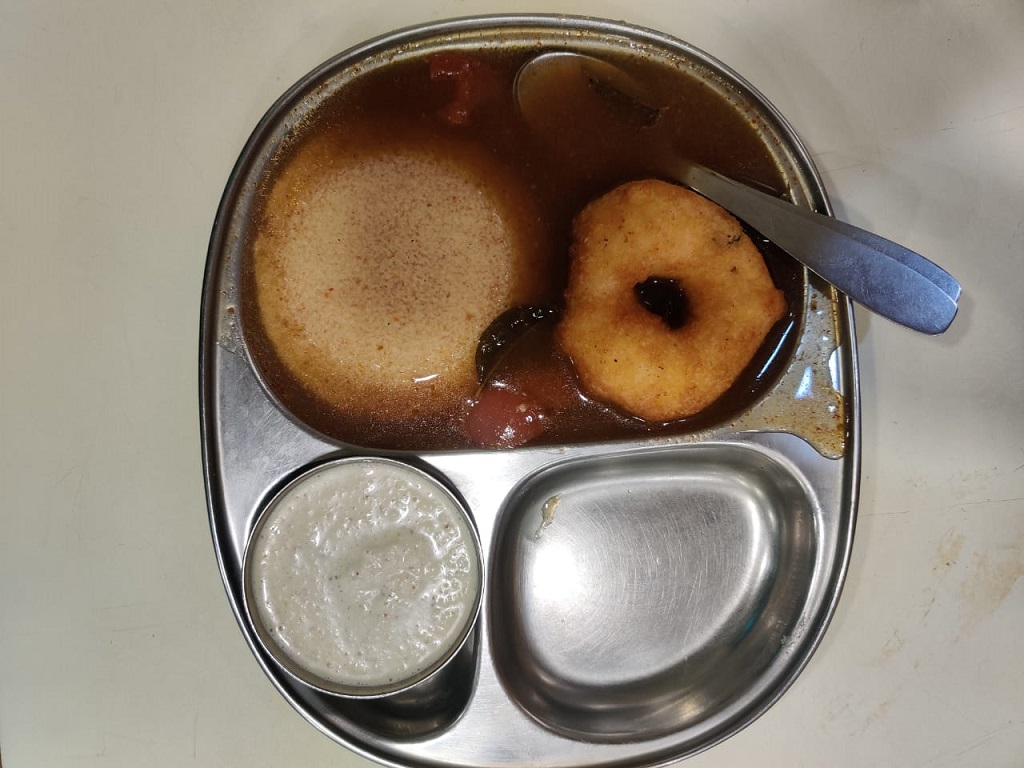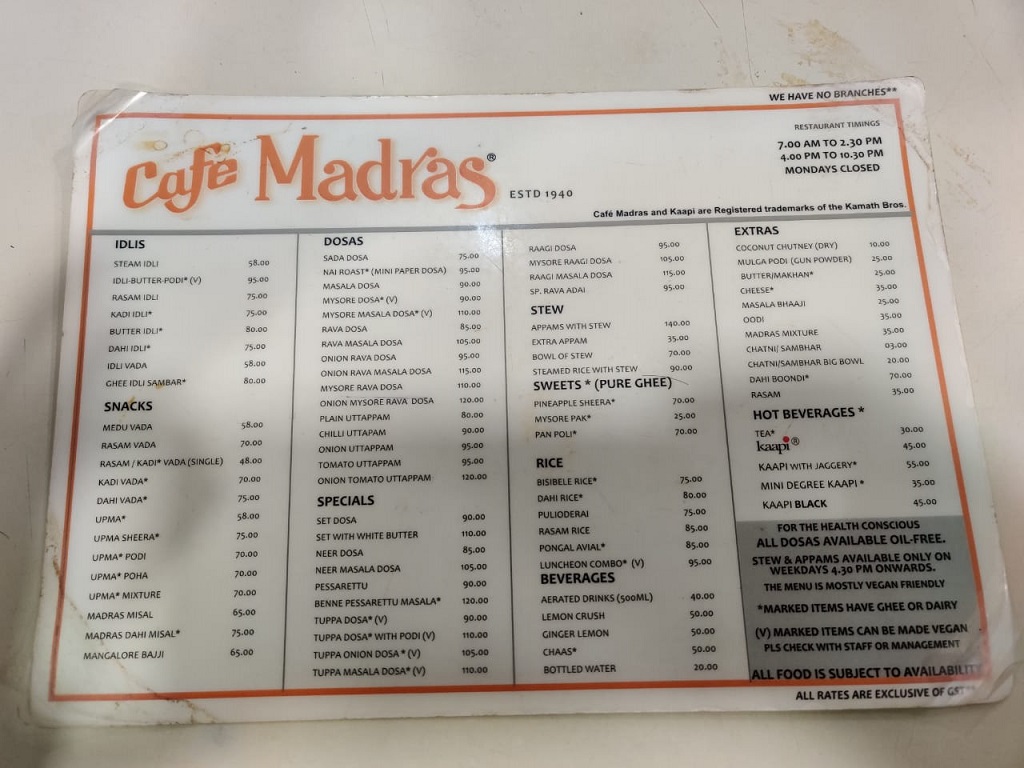१८५३
यह बम्बई से ठाणे के बीच भारत की पहली रेलवे लाइन पर बने कुछ स्टेशनो में से एक है भायखला। इसका उद्घाटन अप्रैल १८५३ में हुआ था। २०० मजदूरों द्वारा खींच कर लाया गया बम्बई का पहला भाप से चलने वाला इंजन भायखला के निवासियों के लिए कौतुहल का विषय था। माना जाता है की भायखला नाम अमलतास के पेड़ो पर रखा गया है जिन्हे स्थानीय भाषा में बावा कहते थे।
1853
Byculla was one of the original stations when the Bombay–Thane railway was inaugurated in April 1853. When the first steam locomotive arrived in Bombay it was pulled down the streets of Byculla by more than 200 labourers to the awe of the locals.
Byculla, is said to be derived from bhaya khala (i.e., Indian laburnum) level-bhaya being a local form of bawa.
१८५७
में यह स्टेशन अपने वर्त्तमान रूप में आया और इस लिहाज से यह भारत का सबसे पुराना स्टेशन है। तब इस स्टेशन को लकड़ियों से बनाया गया था।
1857
It had been built as a wooden structure the year before but took on its current form now. This makes the current building the oldest station in India.
२०१६
बढ़ते हुए रियल एस्टेट मार्किट के साथ ही भायखला यहाँ के प्रसिद्ध चिड़ियाघर के लिए भी जाना जाता है। मुंबई का सबसे पुराना संग्रहालय भाउ दाजी लाड म्यूजियम भी यही है।
2016
Along with a growing real estate market, the area also houses the city’s famous zoo. The oldest museum of Mumbai, Bhau Daji Lad Museum is also nearby.
(Source: Display Board at Byculla railway station)
